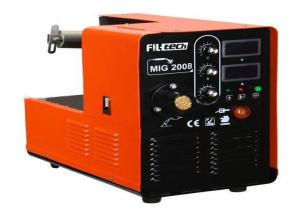Inverter Solar
Inverter Solar Related Searches
Solar Solar Inverter Power Inverter Solar Inverter Power Solar Inverter Solar Cell Inverter Solar System Inverter Battery Solar Solar Inverter Inverter Inverter Solar Systems Battery Inverter Solar Power Solar Inverter Inverter Hybrid Solar Inverter Solar Generator Inverter Charger Solar Solar System Inverter Inverter Solar Inverter Smart Inverter Solar Solar Electric Inverter Micro Inverter Solar Solar Energy Inverter Solar Converter Inverter Inverter Solar Panel Inverter In Solar Inverter Solar Battery Inverter Generator Solar Hybrid Inverter Solar Inverter Solar Panels Inverter Solar Hybrid Inverter Controller Solar Solar Inverter Systems Sun Solar InverterInverter Solar Supplier & Manufacturer from China
Inverter Solar products are a crucial component in the renewable energy sector, providing a reliable and efficient means of converting solar energy into usable electrical power. These products typically include solar inverters, charge controllers, and other related accessories that play a vital role in the operation of solar power systems. Solar inverters are essential for converting the direct current (DC) generated by solar panels into alternating current (AC), which can be used by homes and businesses. They also help to regulate the voltage and current, ensuring the safety and longevity of the solar system.Inverter Solar products find their application in various scenarios, such as residential, commercial, and industrial settings. They are widely used for powering homes, businesses, street lights, and even remote areas where access to traditional power sources is limited. Solar power systems with inverters are also increasingly being adopted in off-grid applications, such as powering rural communities and providing backup power during emergencies. The versatility of these products makes them an attractive option for those seeking sustainable and cost-effective energy solutions.
Okorder.com is a leading wholesale supplier of Inverter Solar products, boasting a large inventory that caters to the diverse needs of customers worldwide. With a commitment to quality and customer satisfaction, Okorder.com offers a wide range of solar inverters, charge controllers, and other accessories from reputable brands. Their extensive inventory ensures that customers can find the right product for their specific application, whether it's for a small residential system or a large-scale commercial installation. By partnering with Okorder.com, customers can benefit from competitive prices, fast shipping, and excellent customer support, making the process of sourcing Inverter Solar products both convenient and hassle-free.
Hot Products


















































